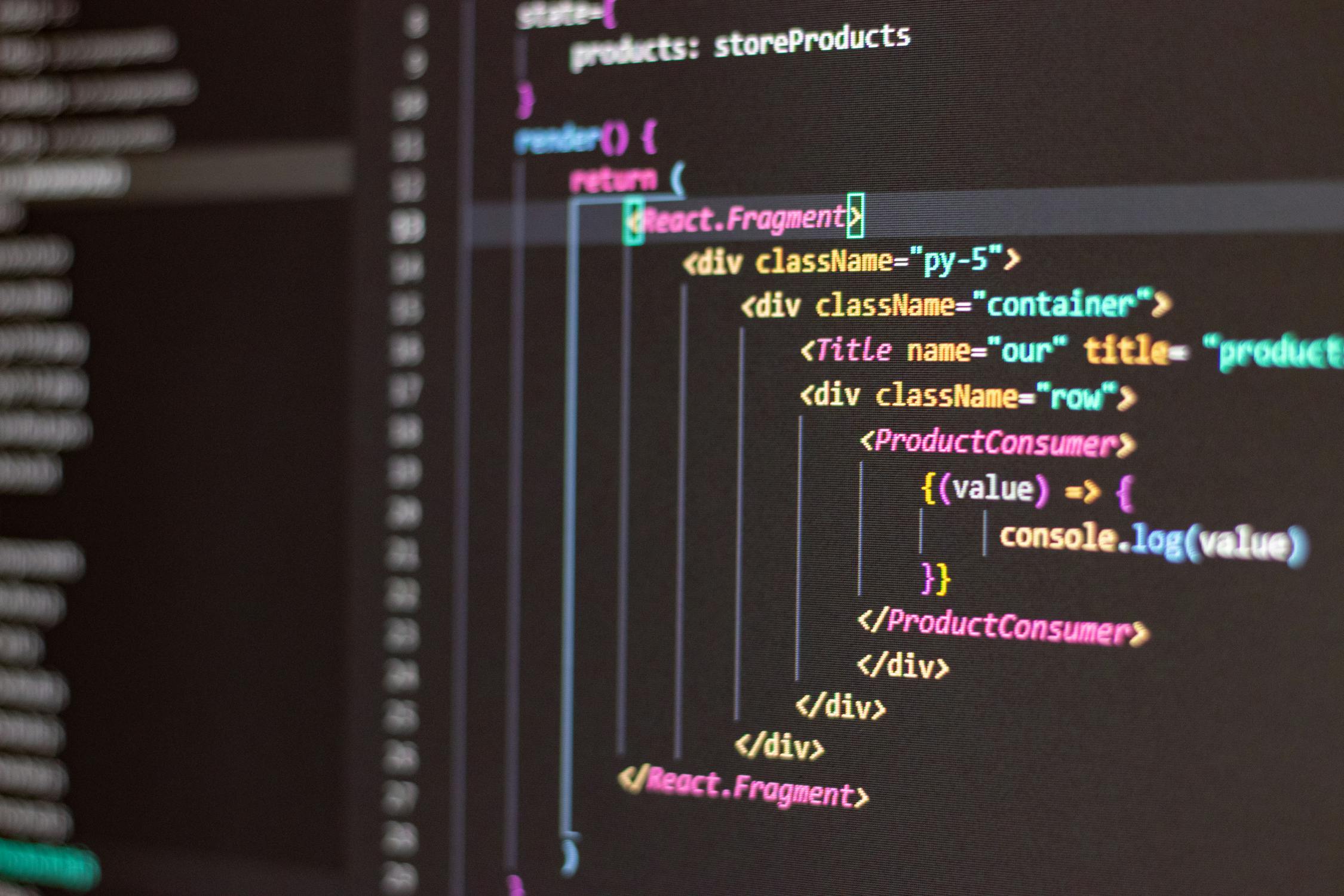Why console.log Doesn’t Log Updated State Immediately in React
"Understanding React’s Asynchronous State Updates!"
One of the most common frustrations for React developers is that console.log doesn’t immediately reflect the new state after calling setState. Many beginners (and even experienced developers) expect console.log to show the updated state right after calling setState, but instead, it still logs the old value.
In this blog, we’ll break down why this happens and how to properly log the updated state in React.
1. The Common Misconception
Many developers assume that calling setState updates the state immediately and then logs the new value. Here’s an example of the mistake:
import { useState } from "react";
function Counter() {
const [count, setCount] = useState(0);
const handleClick = () => {
setCount(count + 1);
console.log("Current count:", count); // ❌ Logs the old value
};
return <button onClick={handleClick}>Increment</button>;
}
export default Counter;
What Happens?
- Clicking the button triggers
handleClick(). setCount(count + 1)is called, but the update is scheduled asynchronously.console.log("Current count:", count)runs before the new state is applied, so it logs the old value.
2. Why Does React Not Update State Immediately?
React batches state updates and re-renders components asynchronously for performance reasons. This means:
✅ React schedules the state update but does not apply it immediately.
✅ The component re-renders after the function execution completes.
✅ The updated state is available only in the next render cycle.
Think of it like adding an item to an online shopping cart. Clicking "Add to Cart" schedules the item to be added, but until the page updates, you don’t see the new total.
3. How to Log the Updated State Correctly?
✅ Use useEffect to Log State After Update
The best way to log updated state is inside a useEffect hook. Since useEffect runs after the state update and re-render, it will always log the latest state:
import { useState, useEffect } from "react";
function Counter() {
const [count, setCount] = useState(0);
const handleClick = () => {
setCount(prevCount => prevCount + 1);
};
useEffect(() => {
console.log("Updated count:", count); // ✅ Logs the correct updated value
}, [count]); // Runs every time `count` changes
return <button onClick={handleClick}>Increment</button>;
}
export default Counter;
✅ Why does this work?
useEffectexecutes after the state update and re-render.- It ensures
console.logalways logs the latest state value.
✅ Use Functional Updates to Get the Latest State
Another solution is using a functional update inside setState. This guarantees that you are working with the most recent state value:
const handleClick = () => {
setCount(prevCount => {
console.log("Updated count inside setState:", prevCount + 1); // ✅ Correct new value
return prevCount + 1;
});
};
✅ Why does this work?
- The function inside
setStatereceives the latest state value (prevCount). - The
console.loginsidesetStatelogs the updated value correctly.
✅ Log Inside the Next Render Cycle Using setTimeout
If you just want to check the updated state after React processes it, you can delay logging using setTimeout:
const handleClick = () => {
setCount(count + 1);
setTimeout(() => {
console.log("Updated count in next cycle:", count); // ✅ Shows updated value
}, 0);
};
✅ Why does this work?
setTimeoutdefers execution until after React completes the re-render.- The log happens in the next event loop cycle, where the state is updated.
4. Understanding React’s Batch Processing
To improve performance, React batches multiple state updates in one re-render cycle. Let’s look at an example:
const handleClick = () => {
setCount(count + 1);
setCount(count + 1);
setCount(count + 1);
console.log("Final count:", count); // ❌ Still logs old value
};
What happens here?
- React schedules three updates, but doesn’t apply them immediately.
- The function execution completes, and
console.loglogs the old count. - React processes all updates in one re-render, so
countactually increases by 1, not 3.
✅ How to Fix It?
Use functional updates:
const handleClick = () => {
setCount(prevCount => prevCount + 1);
setCount(prevCount => prevCount + 1);
setCount(prevCount => prevCount + 1);
};
✅ Why does this work?
- Each
setCountnow receives the latest state, ensuring proper updates.
Understanding these concepts will help you debug state updates effectively and write better React applications.



0 Comments